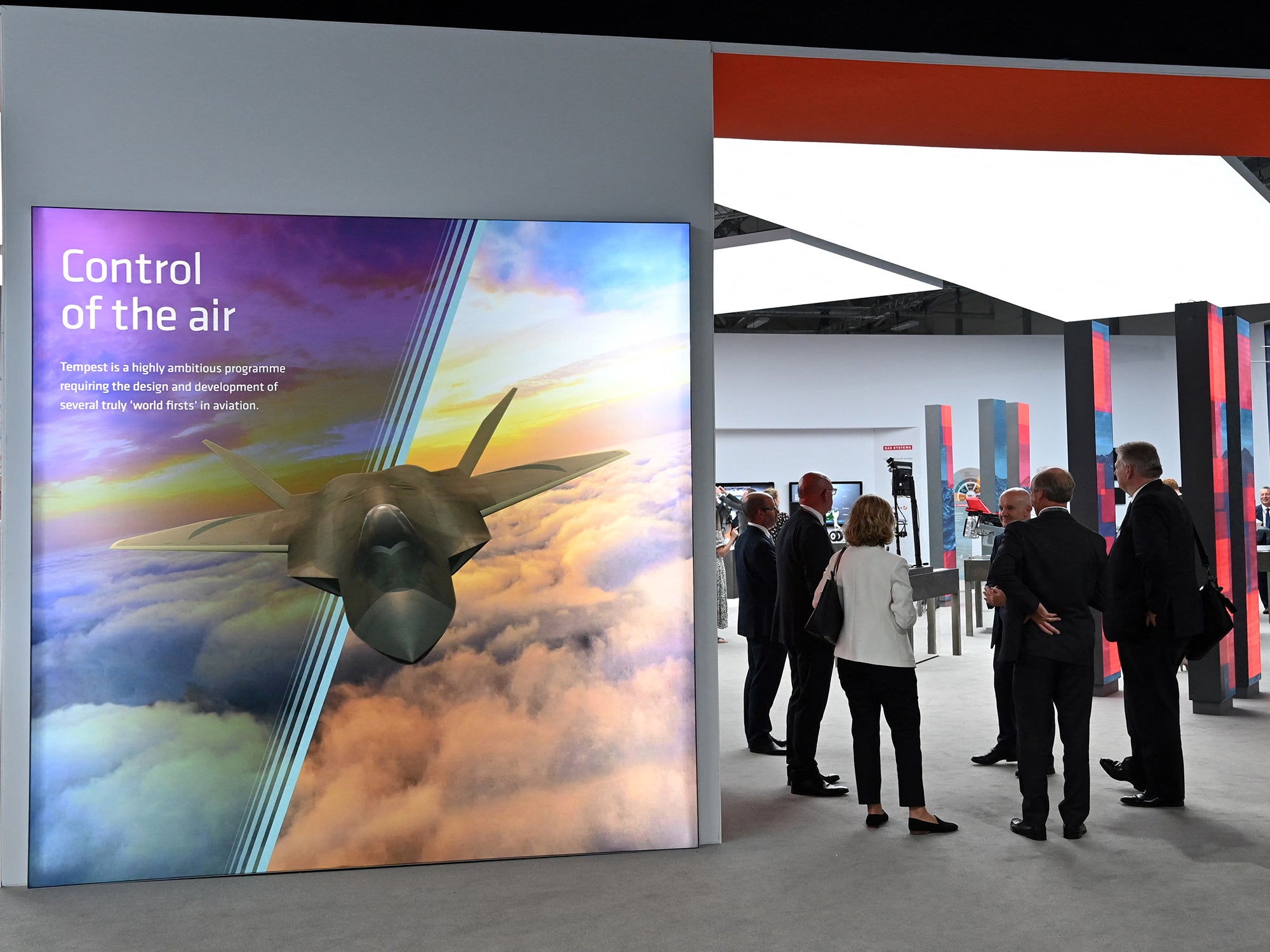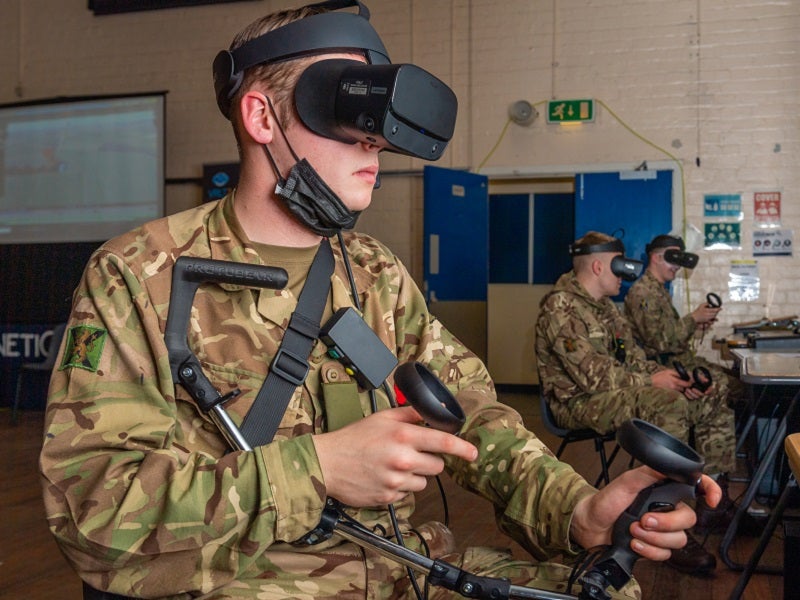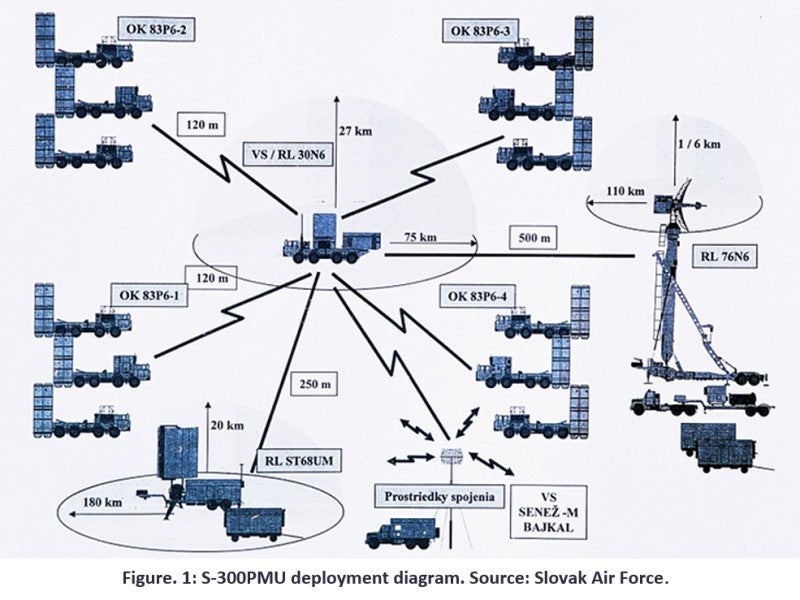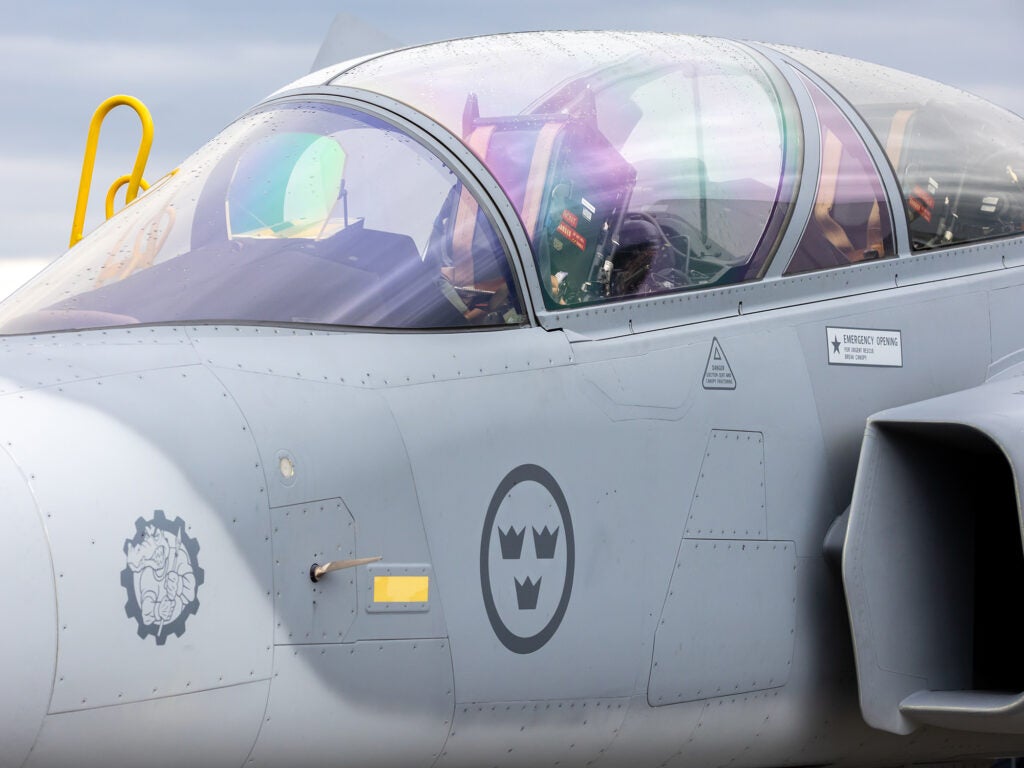
Tempest Factory of the Future developments
BAE Systems has constructed a “4.0 Factory of the Future”. The new factory in Lancashire will demonstrate technologies which are aimed at delivering a step change in design and manufacturing capability to produce the UK’s domestic sixth-generation combat aircraft. The company is now aiming to expand the factory to twice its current size over the next two years. This move comes as progress of the Tempest program ramps up following the announcement that a flying demonstrator will be presented in the next five years. The factory is being developed in tandem with the actual Tempest platform, with the goal of reducing the timeline for the transition from development to production.
In addition, developers are aiming at delivering a product agnostic facility, capable of leveraging a reconfigurable modular production architecture to rapidly transition between production of different platforms. The factory utilizes off-the-shelf robotics utilizing SLAM technology to increase efficiency in production. In conjunction with the University of Sheffield AMRC, Team Tempest has displayed titanium parts produced using WAAM at Farnborough International Airshow 2022. The application of WAAM techniques within the development of the Tempest demonstrator demonstrates an ambition to apply novel techniques to enhance the efficiency and timeliness of the eventual production process. The technique will allow producers to move allow from a reliance on forgings to produce aircraft components, potentially bringing great benefits to the Tempest’s production supply chain.
As aircraft parts will no longer rely upon forgings, but instead will be developed through computer software, there is much greater flexibility when it comes to upgrades and redesigns. Reportedly, the lead time for producing a part could be reduced from around two years with forgings to around 100 days with additive manufacturing. Additionally, 3D printed parts can to a certain extent be produced on demand, especially when compared with forged parts. This will carry the benefit for producers that they will no longer be driven to tie up large amounts of capital in large batch orders and holding deep parts inventories.
Boom Supersonic update
Boom Supersonic on Wednesday gave an update on the development of their supersonic commercial aircraft, Overture. Reportedly, the eventual aircraft is at least a few years from entering service, with the plan to roll out the airplane in 2025, begin flight tests in 2026, and begin carrying passengers in 2029. However, an increasing number of firms are joining in the development of Overture. Most recently, on Wednesday it was announced that Collins Aerospace, a Raytheon Technologies subsidiary, will help Boom evaluate and develop major aircraft systems and components for Overture including the Ice Protection System and Air Data System. Additionally, it was announced that Northrop Grumman would partner with Boom Supersonic to produce a military special mission variant of the aircraft. Fitted with specialized capabilities, the aircraft could be used to deliver medical supplies, provide for emergency medical evacuation or surveil vast areas faster than conventional aircraft. The special mission Overture variant could also be used to coordinate other aircraft and ground assets in a variety of scenarios.
TF-X rollout
Turkish Aerospace laid out a very short timeline for rollout of the indigenously developed TF-X fighter jet. The company’s President and CEO claimed that rollout of the aircraft was only 250 days away. Reportedly, the prototype which will be revealed on this timeline will be propelled by two GE F110 turbofan engines. However, for the eventual complete platform, an indigenously developed engine will be required to conform with specifications from the Turkish government. Earlier this month, the competition for this engine was launched, with bids from firms Tusas Engine Industries, TRMotor, and TAEC, which is a partnership between British Rolls-Royce and Turkish company, Kale Group. Turkey is receiving support in the development phase from the UK, US, and South Africa, and from BAE Systems, Dassault Systemes, and Siemens
Other News
Wisk Aero update
Wisk Aero announced that the company expects to unveil the production-conforming version of its electric vertical take-off and landing (eVTOL) aircraft which it hopes bring through US Federal Aviation Administration (FAA) certification. Wisk Aero is a part Boeing owned company developing eVTOL aircraft for use in Urban Air Mobility, an longstanding emerging segment of the aerospace sector.
ZeroAvia – Powercell MoU
UK-based ZeroAvia and Powercell Sweden have signed a memorandum of understanding on the joint development and series delivery of aviation fuel cell stacks. ZeroAvia is a pure-play green aviation developer, focusing on hydrogen propulsion for use in aerospace.
KF-21 performs maiden flight
The KF-21 Boramae fighter from Korea Aerospace Industries (Kai) achieved its maiden flight from Sacheon, in South Koera. The aircraft will be an indigenously developed Korean 4.5 generation fighter jet.





